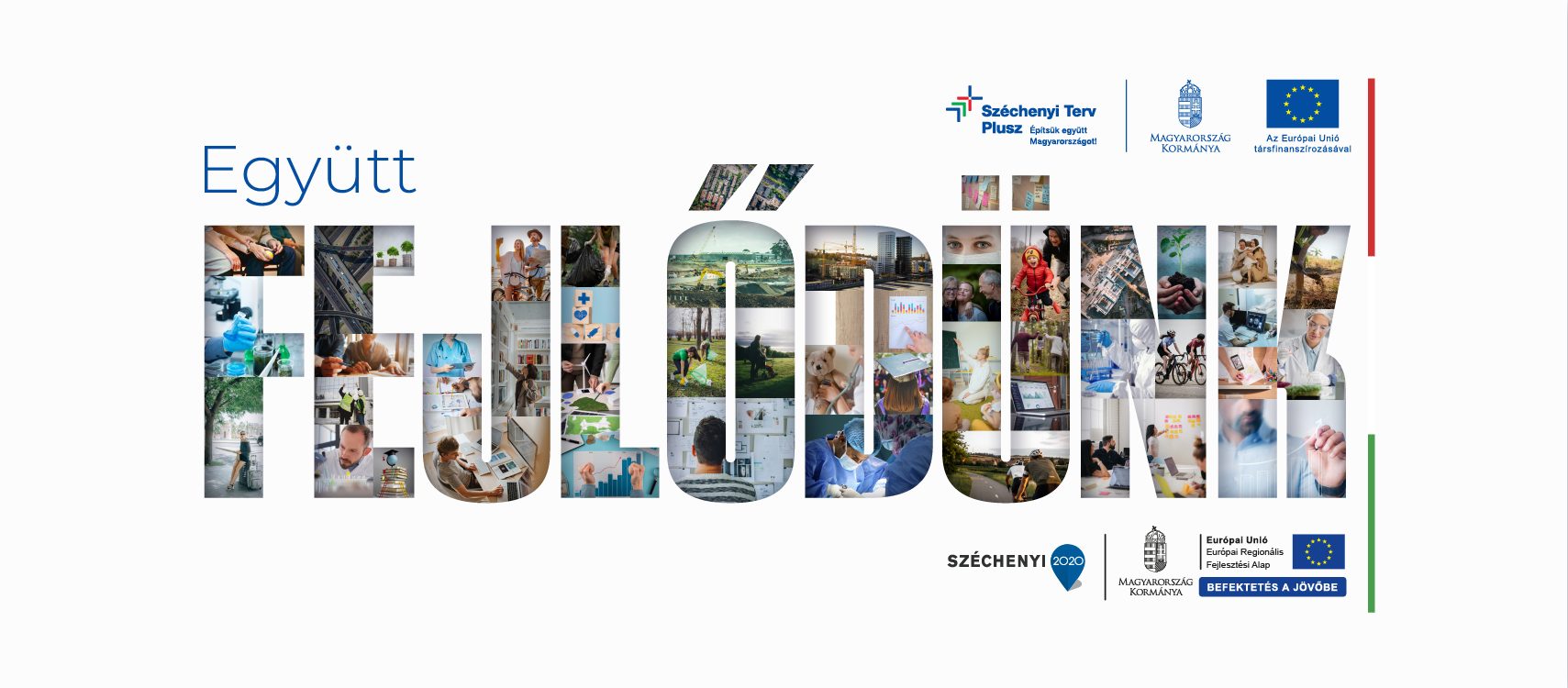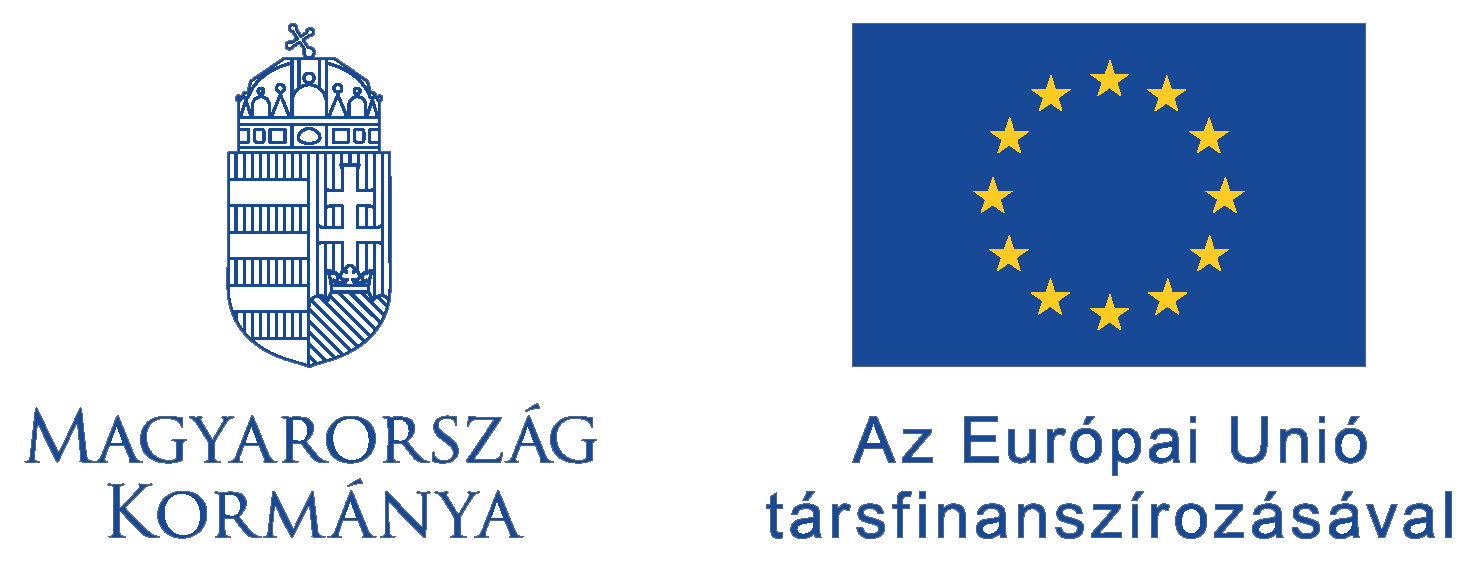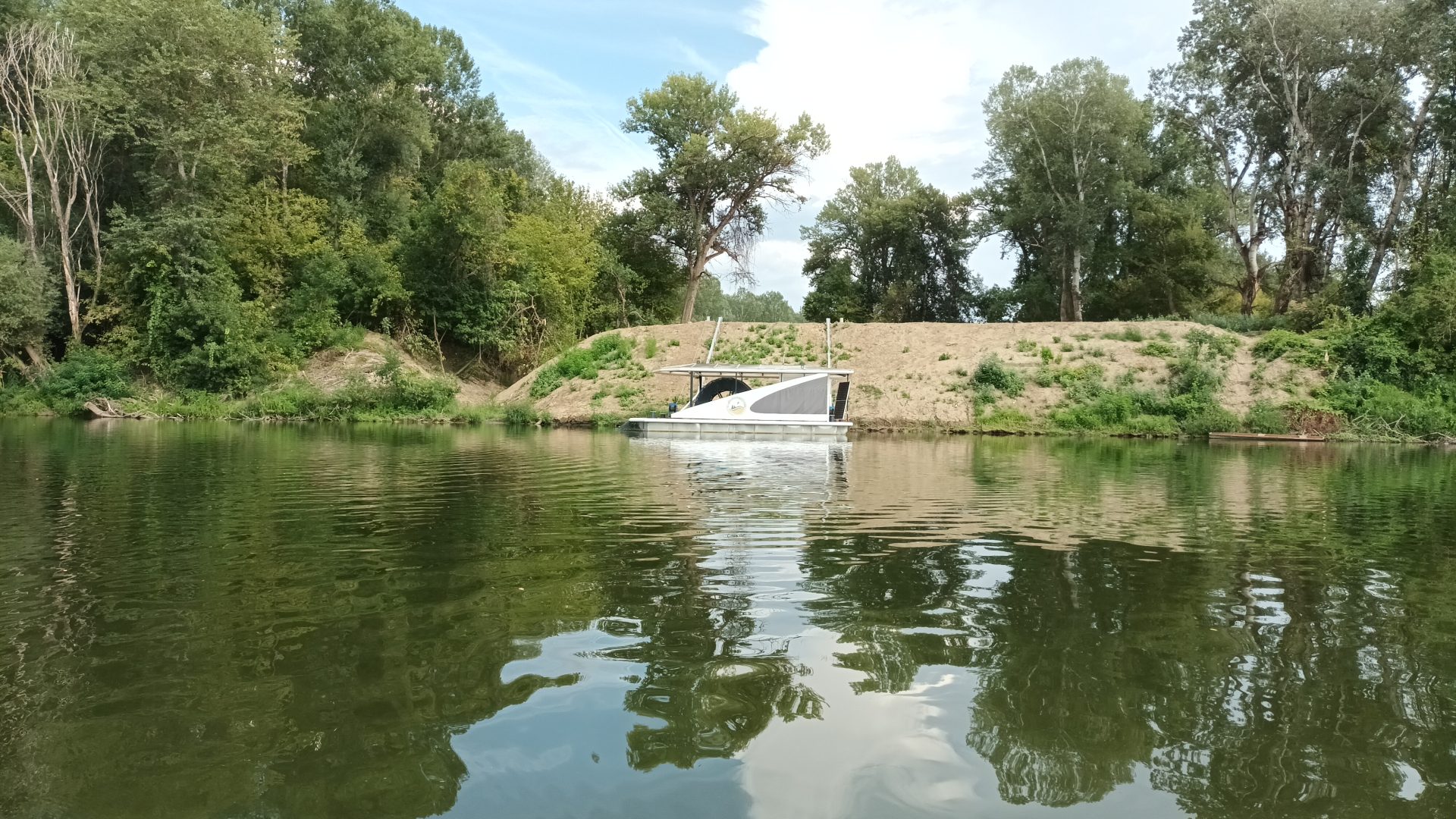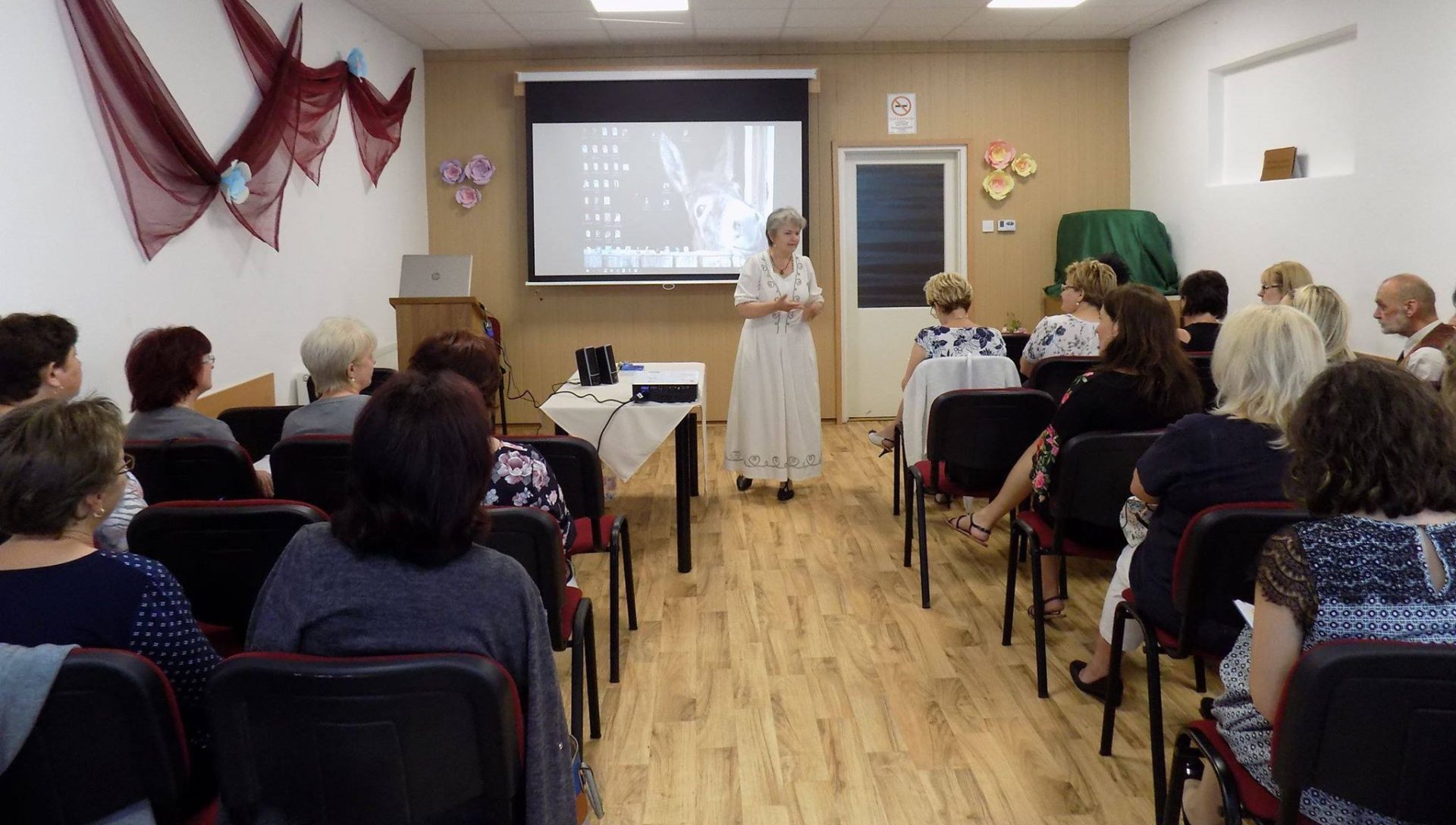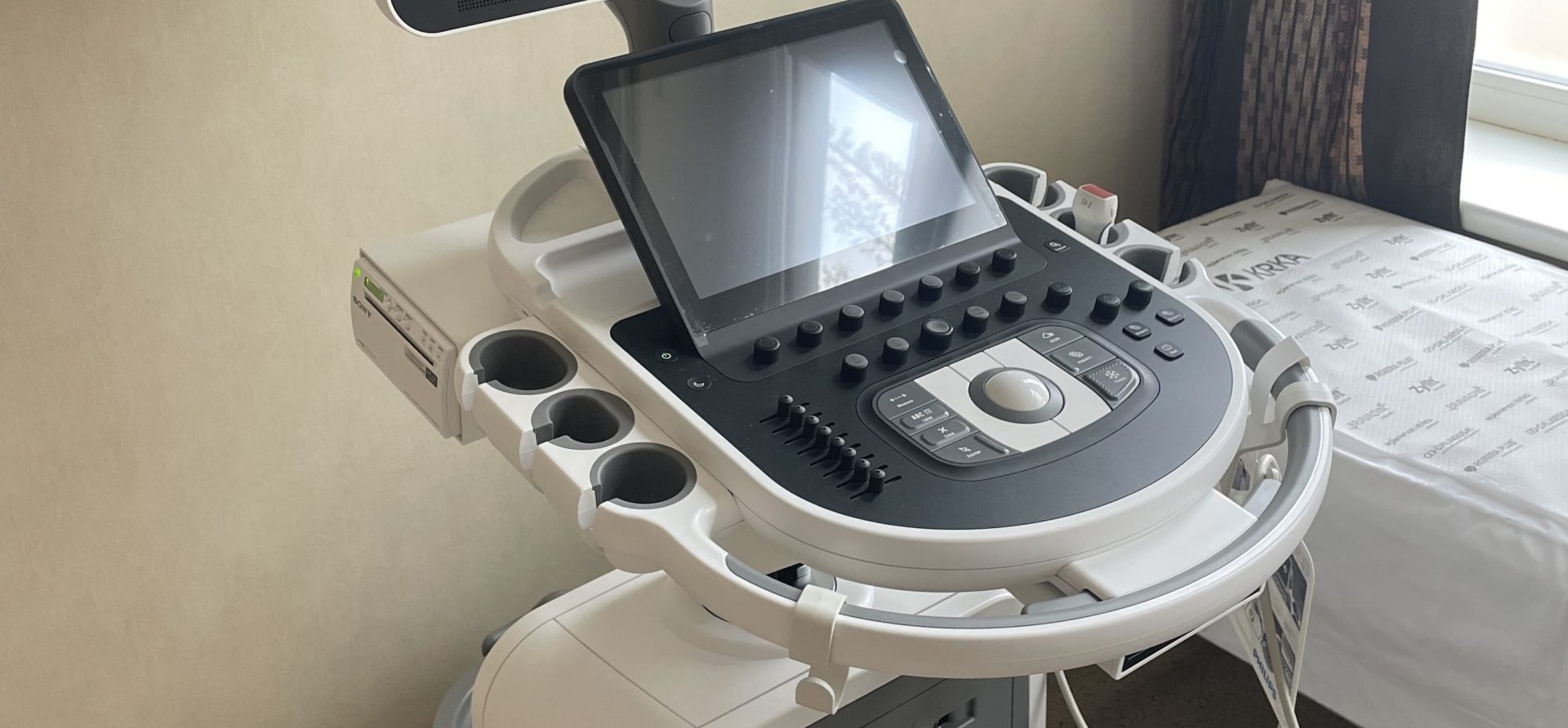With the support of the Territorial and Settlement Development Operational Program, the surroundings of Thury Castle in Várpalota have been revitalized. As part of the project, historical rehabilitation of green areas and public spaces was carried out in conjunction with the expansion of the castle’s functions. The modern and environmentally friendly investment restored the 18th-19th-century geometric proportions of the square in front of the castle.
Much of Várpalota’s historical past was forgotten due to the socialist urban development of the 1950s and 1960s. The project “Creating a Green City in Várpalota” aimed to make the centuries-old memories of the city center visible and accessible to both residents and visitors alike.
As part of the investment, the Mary Well was restored, and a new reinforced concrete well was built behind it, serving as the central point for water regulation in the area. A diversion well north of the well receives water from sources west and north of the castle. From this well, a new connecting pipe leads the spring waters into the 10 m3 water reservoir behind the Mary Well’s reinforced concrete well. A decorative pond was also created, located where the former water surface used to be, bordered by various structures and buildings.
During the reconstruction of the castle walls, the underground parts of the defensive walls on the eastern side were excavated back to the medieval ground level, and the section between the castle wall and the defensive wall was brought back to the 18th-century organized ground level. The masonry was extended up to 60 cm above the organized ground level. The renovation of the castle wall was achieved by lowering the terrain and creating a significant water-covered, ecologically active wetland instead of the former intermittent, small-stream bed.
One unique feature of the rehabilitated environment of Thury Castle is that it allows visitors to directly observe the wetlands. For this purpose, a raised boardwalk was built partially above the water surface along the stream bank. In addition to the above, more than 362 trees, 6661 shrubs, 11772 perennials, and 1840 bulbous plants were planted in the area. The fundamental concept of the park’s planting design was to increase the canopy cover while creating transparent, safe spaces.
As part of the project, a wooden play castle was built for children. Unique play equipment targeting both younger and older age groups was installed on either side of the entrance axis of the castle. Additionally, three fitness points were established in the park, positioned along the running track.
The investment contributes to a better understanding of Várpalota’s centuries-old historical monuments.
The development was implemented from EU funding in the project TOP-2.1.2-15-VE1-2016-00008 under the Territorial and Settlement Development Operational Program.
Find out more about the project in the Project Finder:Details
